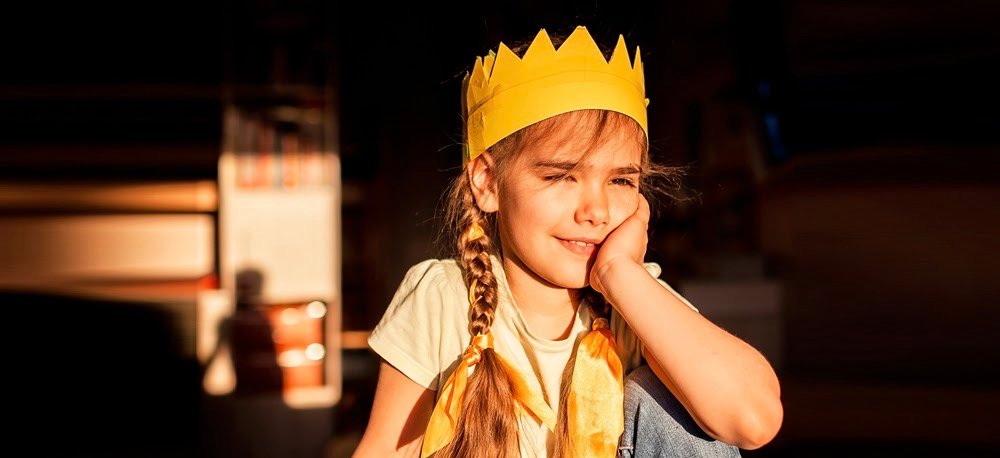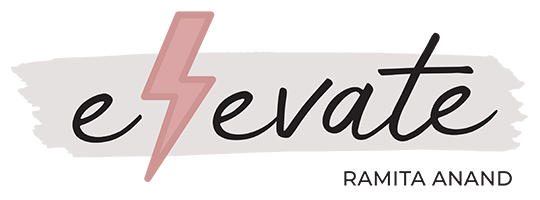
The New Normal Has To Be Better
Now is a time of great uncertainty, which has far outlasted what any of us could have imagined before finding ourselves in it. Many of us have been forced to use this time to recalibrate, realign, and refocus some of our old ways of thinking, doing, and living in our day-to-day lives. I am not sure if there will ever be a way for us to get back to ‘normal’ in any aspect of our lives.
I keep hearing the term ‘the new normal’ used over and over again. While I understand coming to terms with our new normal is necessary, I wonder if we could actually use this time to reflect on how we might not want to go back to the ‘normal’ as we knew it before 2020. Instead, is there a possibility to create a better normal? This is especially critical for girls in education.
In the last six months, countless opportunities were missed for those graduating, taking exams, or just needing the space to get out of their homes to enjoy the challenge of education or the company of peers. Schools, libraries, and playgrounds, which were once safe and happy refuges, have been out of bounds for months. Add all this to the burden of learning with very limited resources, in environments that were likely not conducive to learning.
The reality remains that even after the world resets, it will still be split into two halves: the haves, and the have nots. Except now, pre-existing disparities will have widened further, so much so that closing this gap may begin to feel unattainable.
It is this excruciating fear that spurs on my search for ways in which we can raise awareness, share, and make lasting changes in the lives of those who need it most.
Girls are Especially Vulnerable
Take the example of the Ebola Crisis of 2014-2015, when schools were forced to close for eight months. Girls experienced much higher dropout rates as a result of teenage pregnancy, domestic violence, and sexual abuse. In the COVID-19 pandemic, these numbers will only get worse.
Many more girls will be forced into early marriages by struggling parents facing economic hardship over the next decade, according to the United Nations Population Fund. As long-lasting or reoccurring pandemic-related school closures loom large, we must lean on policymakers to radically shift how education is delivered.
A Better Normal
Can we aim for a system where equality in education doesn’t leave any girl behind? In this ideal system, we would love to see girls given the opportunity to go to school, instead of being seen as essential for household duties or agricultural chores.
What if there were no preconceived notions for girls, or even for girls with learning challenges?
What measures can we put in place to ensure that the most marginalised girls are placed at the heart of our educational systems?
I hope we can act as pioneers, and change the rule book by setting new expectations of our youth, our educational systems, and our policymakers. I was encouraged to hear the Deputy Secretary-General of the United Nations urge this as a top priority for national budgets and international investments. It is a start.
I am not sure what the answer is, or which solutions can help us achieve this better-than-normal state we all yearn for. What I do know is that if we don’t ask the questions, we can’t seek the answers.

